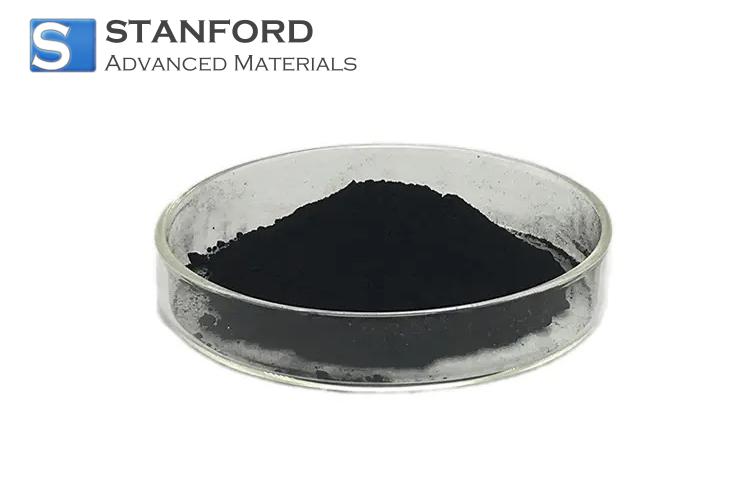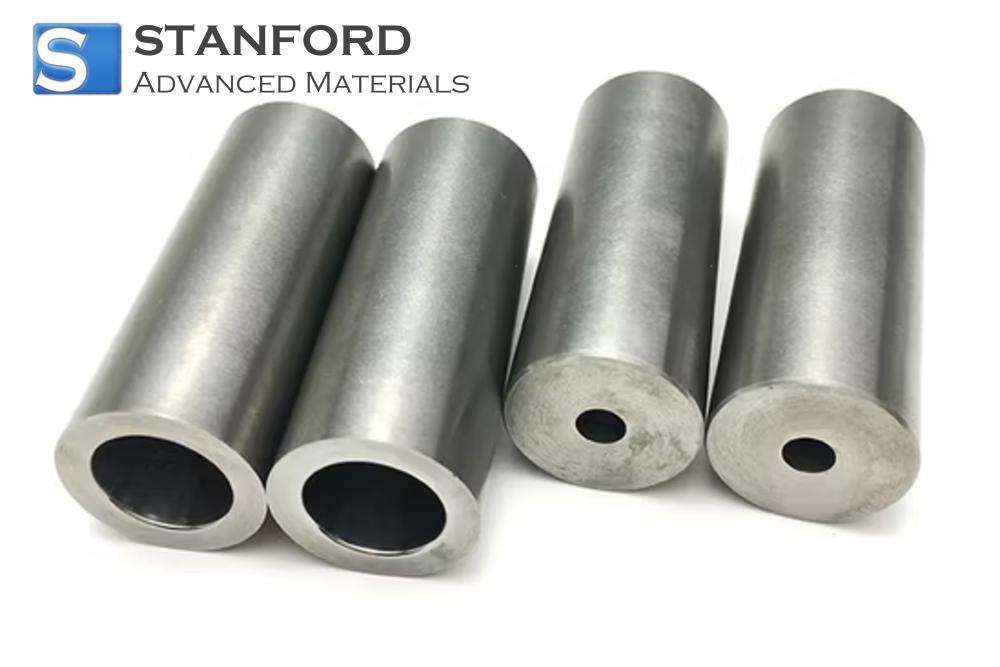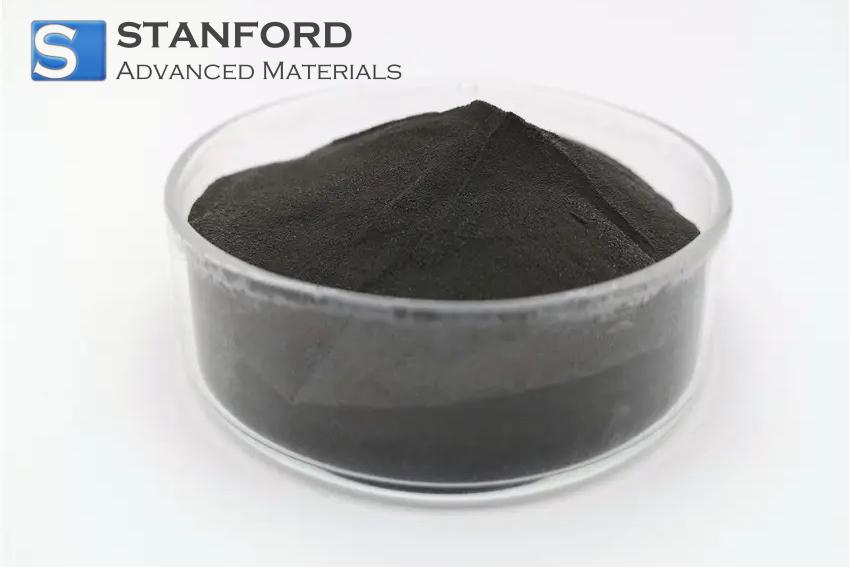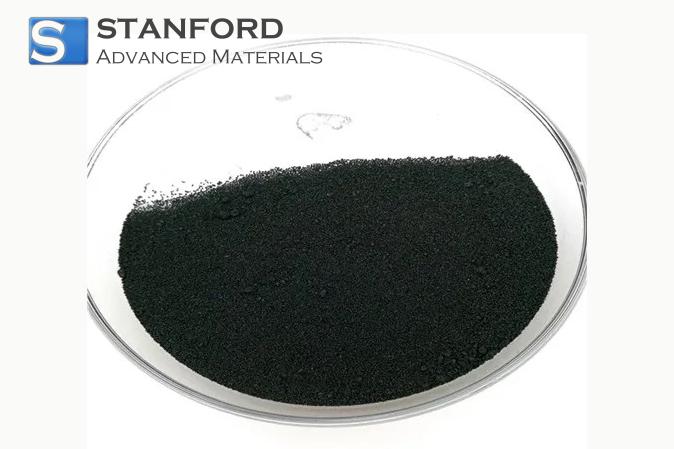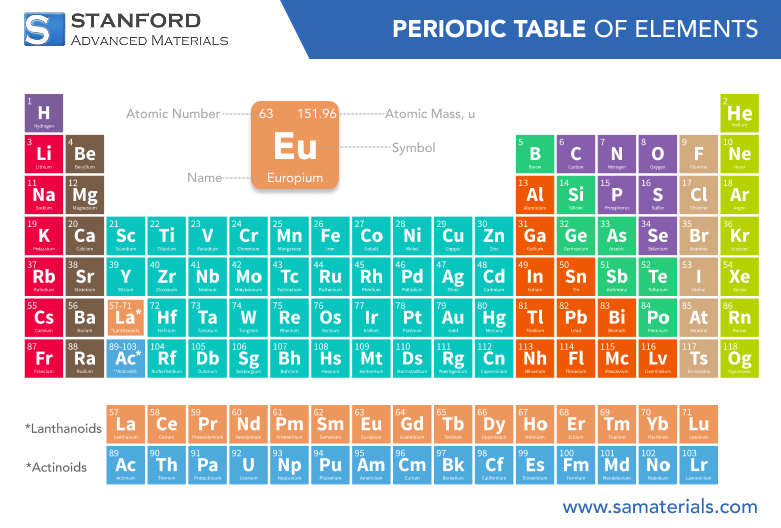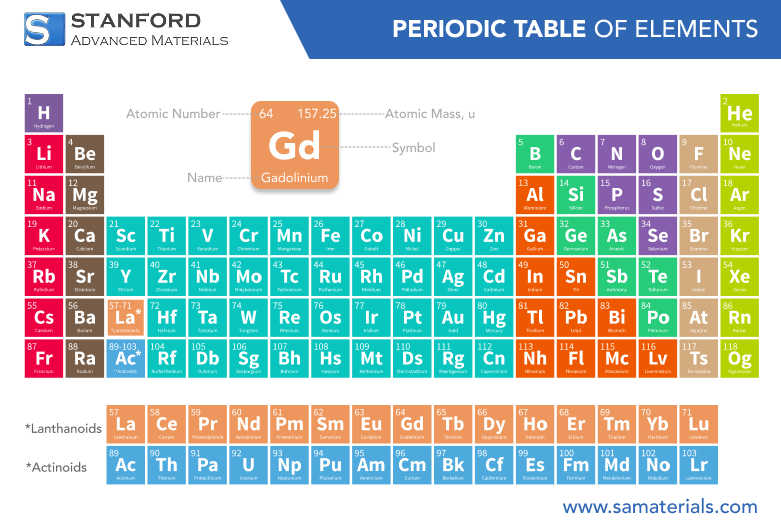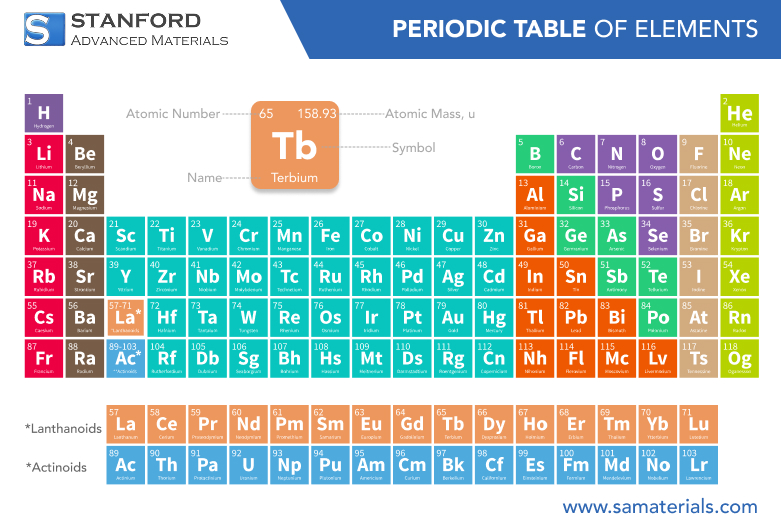Technetium: Element Properties and Uses
Description
Technetium is the first artificially produced radioactive element, known for its unusual properties and significant applications in medicine and industry.
Introduction to the Element
Technetium, with the atomic number 43, holds a unique position in the periodic table as the first element that was synthesized in a laboratory. Unlike most naturally occurring elements, Technetium has no stable isotopes and is always radioactive. Its discovery confirmed theoretical predictions about missing elements and opened a new chapter in nuclear chemistry.
Early studies of Technetium provided scientists with critical insights into how radioactive elements could be produced and used for practical applications. Today, the element is recognized for its role in various high-tech applications, especially in medical imaging where its radioactive properties are harnessed to detect and diagnose diseases. The significance of Technetium extends beyond its nuclear characteristics; it is also a model for understanding the behavior of transition metals under extreme conditions. For more information, please check Stanford Advanced Materials (SAM).
Chemical Properties Description
Technetium exhibits a fascinating range of chemical properties that make it a subject of intense academic and industrial interest. As a transition metal, it displays a variety of oxidation states, which are crucial for its ability to form diverse compounds. The most common oxidation state observed in Technetium compounds is +7, although +6 and +4 oxidation states are also present under specific conditions. This versatility allows Technetium to bond with a variety of ligands and form complexes with unique characteristics.
Common Uses
Technetium has found practical applications in several critical areas, despite the challenges posed by its radioactivity. One of the most well-known applications is in nuclear medicine. The metastable isotope Technetium-99m is widely used in diagnostic imaging techniques such as single-photon emission computed tomography (SPECT). This isotope emits gamma rays that provide clear images of internal organs, helping medical professionals detect abnormalities in the heart, brain, and skeletal system.
In addition to its role in medicine, Technetium is used in industrial radiography. It serves as a tracer in processes that require non-destructive testing of materials, ensuring the integrity of structures in engineering and construction. Its unique properties also make it a valuable component in the production of catalysts and radiopharmaceutical products, which are essential for various manufacturing processes.
Preparation Methods
Since Technetium does not occur naturally in any significant amount, its production is entirely reliant on artificial methods. The most common method for synthesizing Technetium involves the neutron bombardment of molybdenum-98 within a nuclear reactor. When molybdenum-98 absorbs a neutron, it transmutes into Technetium-99, a process that has been refined through decades of research in nuclear chemistry.
Frequently Asked Questions
What is Technetium and where is it found?
Technetium is a radioactive transition metal that is synthesized artificially
and used primarily in nuclear medicine and industrial radiography.
How is Technetium produced artificially?
It is typically produced by neutron irradiation of molybdenum-98 in a nuclear
reactor or by using cyclotrons to induce nuclear reactions.
What are the chemical properties of Technetium?
Technetium exhibits several oxidation states, most commonly +7, along with +6
and +4, which enable it to form stable compounds used in various applications.
What are the common uses of Technetium in industry?
It is widely used in nuclear medicine for diagnostic imaging, industrial
radiography for material testing, and in the manufacture of catalysts and
radiopharmaceuticals.
Are there safety concerns when handling Technetium?
Yes, due to its radioactive nature, stringent safety protocols are implemented
during its production, handling, and disposal to minimize radiation exposure.

